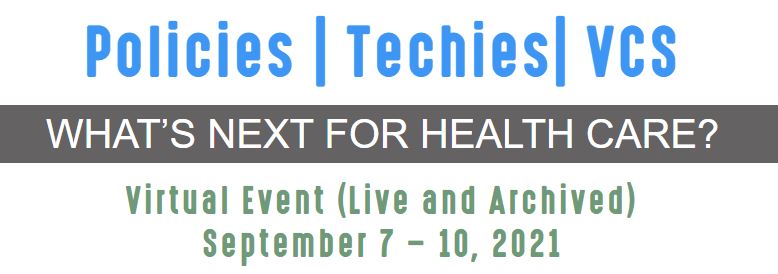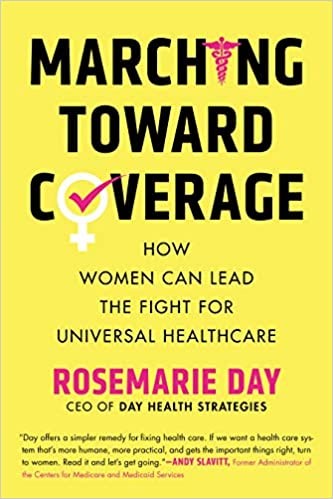
By KIM BELLARD
Perhaps you’ve heard about the controversial Alabama Supreme Court ruling about in-vitro fertilization (IVF), in which the court declared that frozen embryos were people. The court stated that it has long held that “unborn children are ‘children,’” with Chief Justice Tom Parker – more on him later – opining in a concurring opinion:
Human life cannot be wrongfully destroyed without incurring the wrath of a holy God, who views the destruction of His image as an affront to Himself. Even before birth, all human beings bear the image of God, and their lives cannot be destroyed without effacing his glory.
Seriously.
Many people have already weighed in on this decision and its implications, but I couldn’t resist taking some pleasure in seeing “pro-life” advocates tying themselves in knots trying to explain why, when they legislated that life begins at conception, they didn’t mean this kind of conception and that kind of life.
John Oliver was typically on point, noting that the Alabama ruling was “wrong for a whole bunch of reasons. Mainly, if you freeze an embryo it’s fine. If you freeze a person, you have some explaining to do.”
The case in question wasn’t specifically about IVF, nor did the ruling explicitly outlaw it. It was a case about a patient who removed stored embryos and accidentally dropped them, and the couples whose embryos were destroyed wanted to hold that patient liable under the Wrongful Death of a Minor Act. The court said they could. Note, though, that neither the patient nor the clinic was being charged with murder or manslaughter…yet.
Although the Alabama Attorney General has already indicated he won’t prosecute IVF patients or clinicians, the ruling has had a chilling effect on fertility clinics in the states, with The University of Alabama at Birmingham health system and others indicating they were putting a pause on IVF treatments.
Justice Parker has long been known as something of a theocrat; as The New York Times wrote:
Since he was first elected to the nine-member court in 2004, and in his legal career before it, he has shown no reticence about expressing how his Christian beliefs have profoundly shaped his understanding of the law and his approach to it as a lawyer and judge.
His concurring opinion claimed: the state constitution had adopted a “theologically-based view of the sanctity of life.” Alabama is not alone. Kelly Baden, the vice president for public policy at the Guttmacher Institute, told BBC: “We do see that many elected officials and judges alike are often coming at this debate from a highly religious lens.”
Speaker Johnson has said:
The separation of church and state is a misnomer. People misunderstand it. Of course, it comes from a phrase that was in a letter that Jefferson wrote. It’s not in the Constitution. And what he was explaining is they did not want the government to encroach upon the church — not that they didn’t want principles of faith to have influence on our public life. It’s exactly the opposite.
And here we are.
Many Republicans are backtracking on the ruling.
Continue reading…



















